How to get Better Diabetes Control and what to ask your doctor Conversation with Dr A G Unnikrishnan
How to get Better Diabetes Control & what to ask your doctor Conversation with Dr A G Unnikrishnan
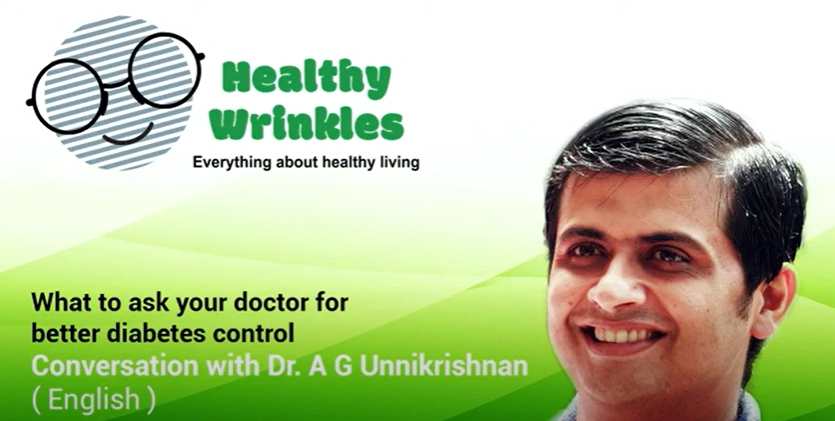
How to get Better Diabetes Control & what to ask your doctor Conversation with Dr A G Unnikrishnan
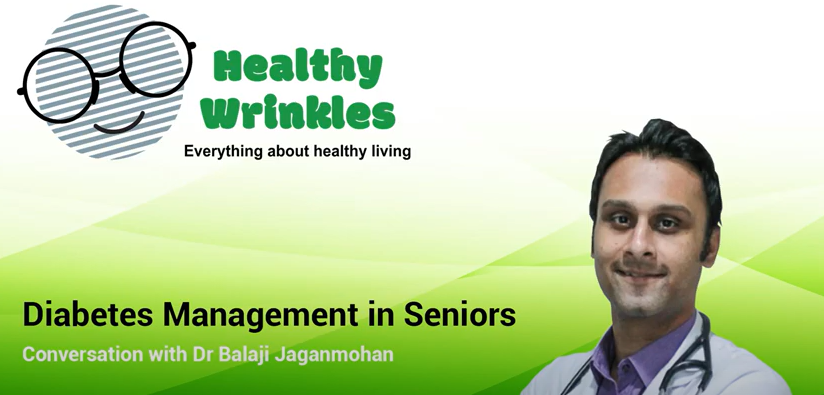
Managing Diabetes among Elderly Seniors I Dr Balaji Jaganmohan I Apollo Hospitals
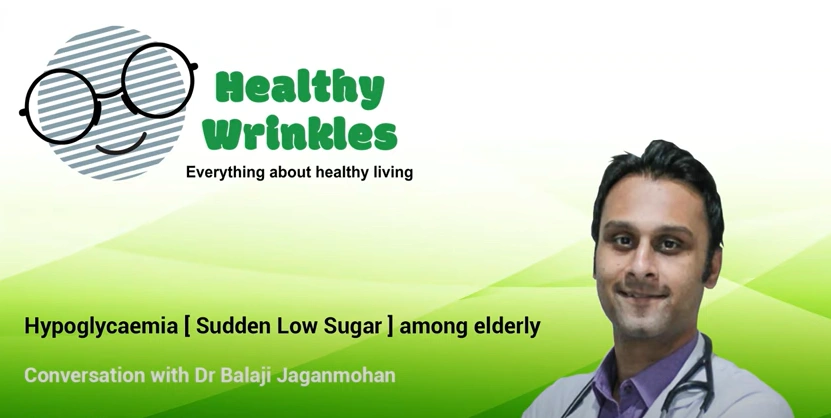
Hypo in Elders: Diabetes Management

Understanding "Hypo" in Diabetes: A Comprehensive Guide to Hypoglycemia
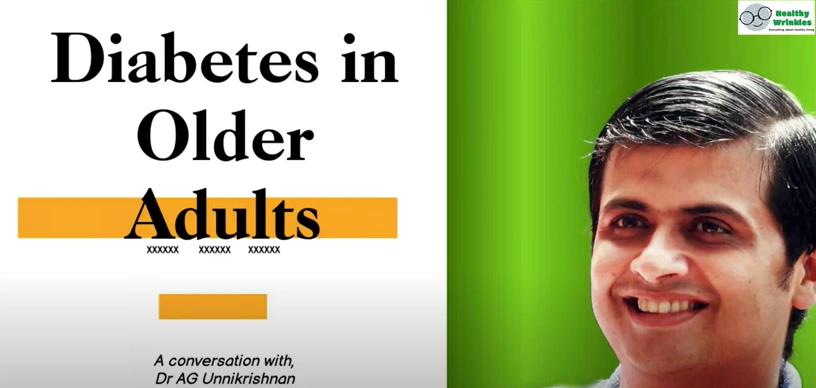
Empowering Seniors with Diabetes: Managing Health and Positivity in Challenging Times

Summary of What to ask your doctor for better diabetes control- Conversation with Dr A G Unnikrishna
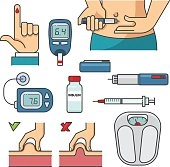
What are the diabetic tools and equipments?

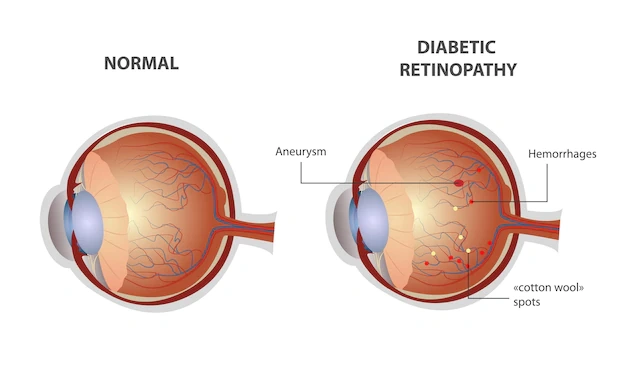
Managing Diabetic Retinopathy in the Elderly: Insights, Treatments, and Lifestyle Strategies
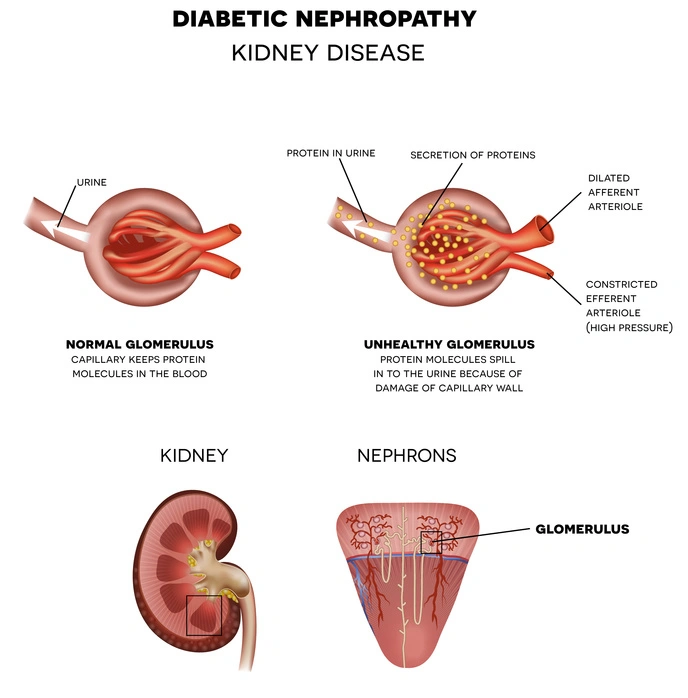
Diabetic Nephropathy in Elderly Individuals: Stages, Symptoms, and Prevention Tips

Diabetic foot care in elderly citizens
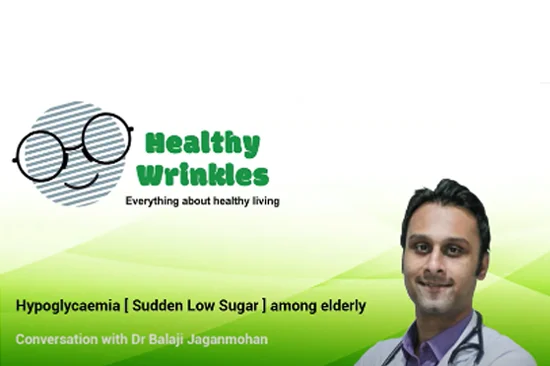
Managing Hypoglycemia in Senior Citizens A Vital Guide for Diabetes Care